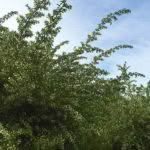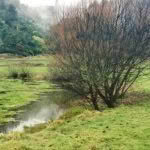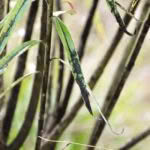3 common trees to get for free with propagation

There’s no need to pay when a simple propagation will do the trick.
Words: Sheryn Dean
PADDOCK TREES
Poplar and willow are two common paddock trees throughout New Zealand farms. The reasons for this include:
• they prevent erosion of hillsides;
• they are quick growing;
• they provide good quality feed in times of summer drought;
• they are robust.
But best of all, they are easily propagated from poles in winter.
Poplar leaves (and bark) provide zinc which helps prevent facial eczema. The tannins from the willow are also beneficial for stock.
There are many different species of both poplar and willow. They vary in their susceptibility to rust, palatability to possums, and preference to microclimate. Most will tolerate damp areas.
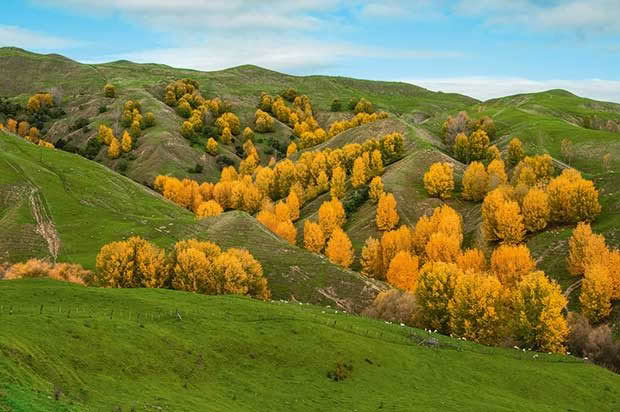
Poplar trees providing erosion control and fodder in the Hawkes Bay.
The easiest way to see what suits your block is to look around your neighbourhood and see what is growing well in similar situations. If you can then locate the owner of the tree, ask if you can harvest some branches to grow.
How to grow willows and poplars for free
Poles are poplar or willow branches at least 1m long that are rammed into the ground in early winter. These will grow roots in time to support leaf growth in spring.
You can buy nice straight strong poles from a nursery or many regional councils. This is a good idea if you want a particular variety you don’t have.
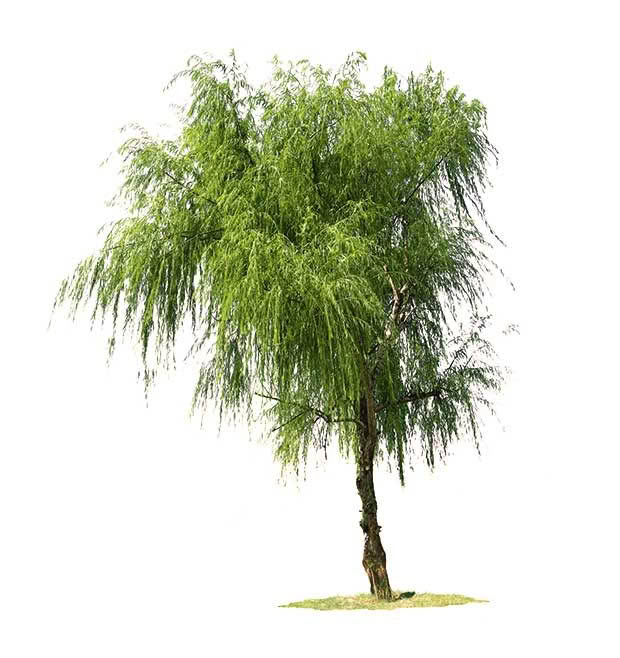
Willow.
But you can also just prune off a branch from your own or your neighbour’s tree:
1. Cut it as long as you can, anything from 20cm to 3m, with a sloping bottom end.
2. Trim all the side shoots off.
3. If you are lucky enough to find branches longer than you need, trim the thin top off and use the sturdier end.
4. Lay the bottom ends in (preferably) a running stream or a clean dam or a trough full of fresh water for one to two weeks so they can absorb it – don’t let them dry out.
5. Ram or hammer or plant them into the ground, up to 800mm deep for a 3m pole. The roots are actually quite shallow, but if you have a long pole you want to anchor it.
6. You can make your planting hole by ramming in and removing a pipe slightly smaller in diameter than the pole, or just use a spade to make a deep wedge to ram the pole down into.
7. Make sure the pole is firmly in place, and protected from stock, rabbits, hares and possums.
More resources here.
SHELTER TREES
Tagasaste (tree lucurne) is a quick-growing, short-lived evergreen tree/shrub that you can grow from seed. It has a lot of good points:
• fixes nitrogen in soil.
• winter flowers for bees.
• provides a high protein fodder for stock, is preferred by sheep more than cattle.
• likes dry conditions and does not mind being exposed but its long thin branches can whip in the wind to the detriment of nearby trees.
• makes a great nursery crop to plant natives under.
How to grow tagasaste for free
It flowers from mid-winter to spring, then develops seed pods containing 6-8 seeds.
Store the seeds pods in a dry place until they pop open then, when ready to plant, soak the seeds in hot water overnight until they swell. The water should be hot but not boiling (if it burns you, it will burn the seed).

Sheryn’s tip: As a general rule, plant seeds no deeper than the size of a seed. Tiny vegetable seeds are only just covered, while large nuts are poked a couple of centimetres down.
Some people prefer to nick the seed shell with a pair of nail clippers to aid swelling, others repeat the overnight hot water soak until the seed swells.
Once swollen, plant in a very well-draining medium. Keep dry and grow on in root trainers or paper tubes until large enough to plant out.
LOOK OUT FOR THE GIANT WILLOW APHID
This is a newcomer to NZ which is attacking willow trees.
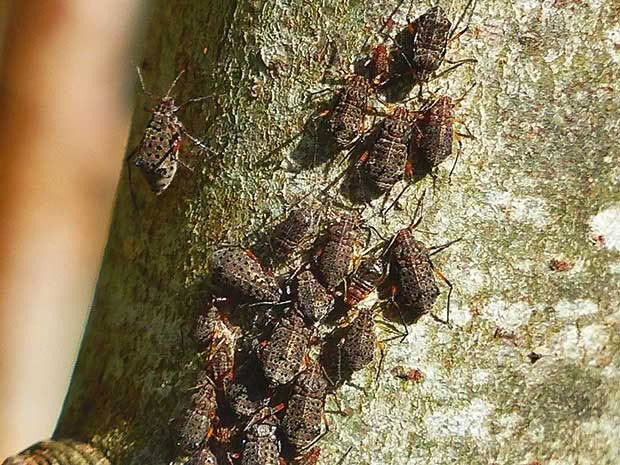
These aphids secrete honey dew and can jump to nearby apple or pear trees. Look at willow trees near you. If they have a black, sooty appearance they will be hosting the aphid.
Some willow varieties seem more susceptible than others – try to get cuttings from healthy trees.
- The effects of willow aphid include blackened bark.
- Blackened foliage.
Love this story? Subscribe now!
 This article first appeared in NZ Lifestyle Block Magazine.
This article first appeared in NZ Lifestyle Block Magazine.
